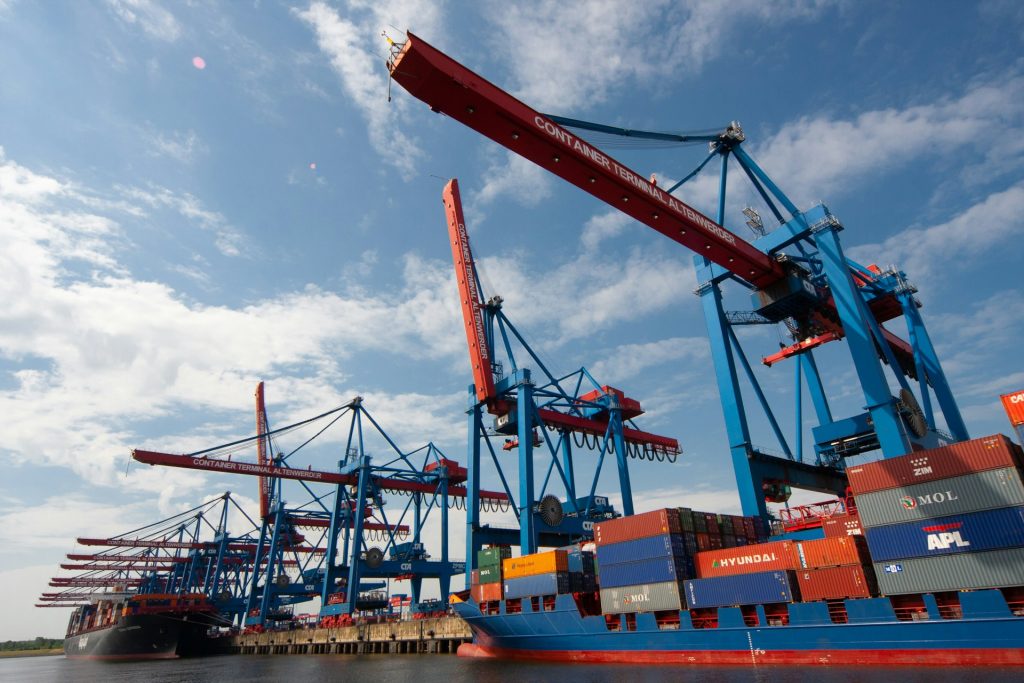In today’s interconnected world, international trade is a cornerstone of the global economy, facilitating the exchange of goods and services across borders with unprecedented ease. However, the journey to this modern-day reality has been a long and transformative one, shaped by centuries of historical events and economic theories. Let’s delve into the rich tapestry of international trade history and explore its enduring significance in the contemporary era.

1. Origins of International Trade: The Silk Road
International trade traces its roots back to ancient times, with the fabled Silk Road emerging as one of the earliest and most iconic trade routes. Stretching over 2,000 years, the Silk Road connected the East and the West, facilitating the exchange of goods, culture, and ideas between Asia and Europe via the Middle East. Named for its prized commodity, silk, the Silk Road catalyzed economic growth and cultural exchange, laying the groundwork for future trade networks.
2. Mercantilism and Economic Theory
The dawn of the modern era saw the rise of mercantilism, an economic theory that emphasized a nation’s wealth in terms of its gold reserves and net exports. During this period, countries sought to amass gold through favorable trade balances, leading to policies aimed at maximizing exports and minimizing imports. While mercantilism eventually gave way to more liberal economic ideologies, its influence on international trade remains palpable.
3. Turbulent Times: World War I and the Great Depression
The 20th century witnessed tumultuous events that profoundly impacted global trade dynamics. World War I, with its devastating human and economic toll, reshaped geopolitical landscapes and disrupted international trade flows. The subsequent Great Depression further exacerbated economic woes, plunging nations into recession and precipitating a sharp decline in global trade. It took concerted efforts and significant time for the global economy to recover from the aftermath of these crises.

4. Post-World War II Resurgence
The aftermath of World War II heralded a period of revitalization and renewal for international trade. With the establishment of institutions like the United Nations and the proliferation of free trade agreements, nations began to embrace multilateralism and cooperation, fostering a conducive environment for trade expansion. The rise of multinational corporations further propelled global trade, ushering in an era of mass production and economic interdependence.
5. Recent Trends and Challenges
Despite its resilience, international trade faces headwinds in the contemporary landscape. The World Bank’s projections suggest a slowdown in global trade growth, fueled by factors such as rising interest rates and shifting trade policies. Concerns about inflation and economic instability loom large, posing challenges for businesses and policymakers alike.
6. The Transformative Impact of Trade
International trade has fundamentally reshaped the global economy, fueling economic growth, job creation, and technological innovation. From the rise of China as a global economic powerhouse to the proliferation of supply chains spanning continents, trade has become synonymous with progress and prosperity on a global scale.

In conclusion, the history of international trade is a testament to human ingenuity, resilience, and adaptability in the face of evolving economic realities. From ancient trade routes to modern-day digital commerce, the story of international trade is a story of interconnectedness and mutual prosperity. As we navigate the complexities of the contemporary global economy, understanding the historical roots and enduring importance of international trade is essential for shaping a more prosperous future for all.





